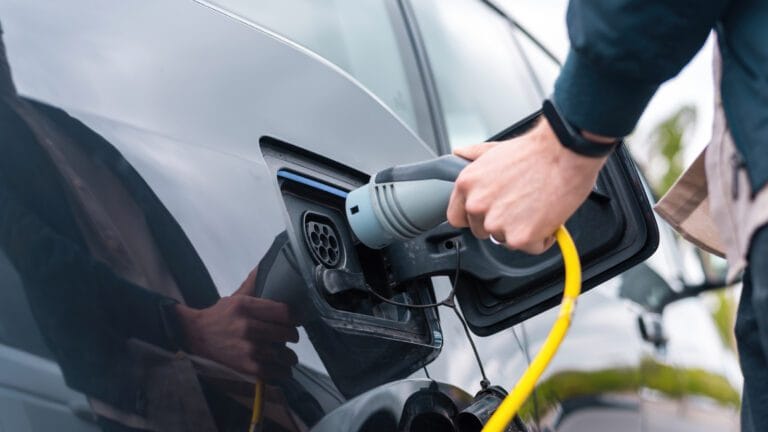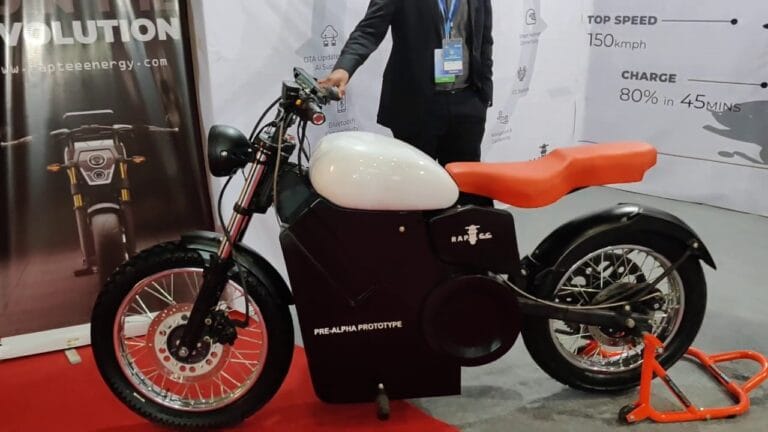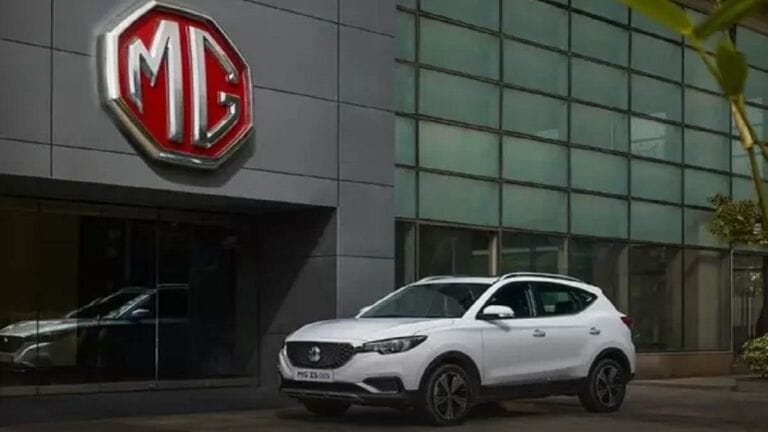
Zapp Electric Vehicles Expansion with a Focus on India
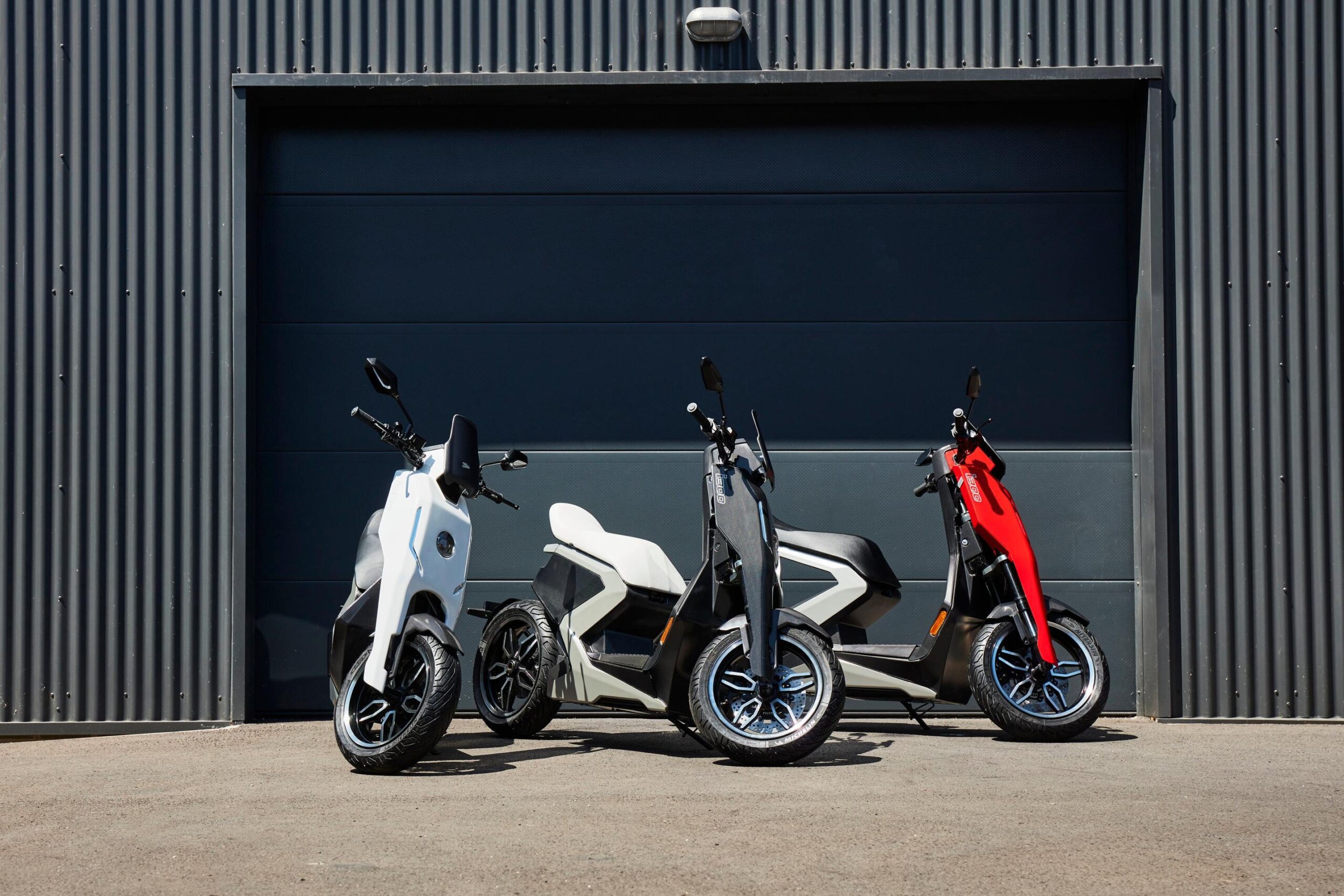
Table of Contents
Zapp Electric Vehicles is on a mission to redefine the future of mobility by transforming its London-based electric two-wheeler brand into a global EV powerhouse. With a strong focus on innovation, sustainability, and performance, Zapp aims to cater to the growing demand for eco-friendly transportation solutions worldwide.
India has emerged as a pivotal launchpad for the brand, given its rapidly expanding EV market and increasing adoption of electric two-wheelers. By tapping into India’s robust demand and leveraging the country’s focus on green mobility, Zapp is well-positioned to establish a significant presence. This expansion reflects the company’s ambition to lead the global transition to electric mobility, offering cutting-edge technology and style to a diverse consumer base.
Launching the i300 in the UK and Thailand
Zapp is gearing up to introduce its first product, the urban electric two-wheeler i300, in the UK as early as next month, followed by a launch in Thailand. India, a major market, has now been added to the company’s expansion strategy.
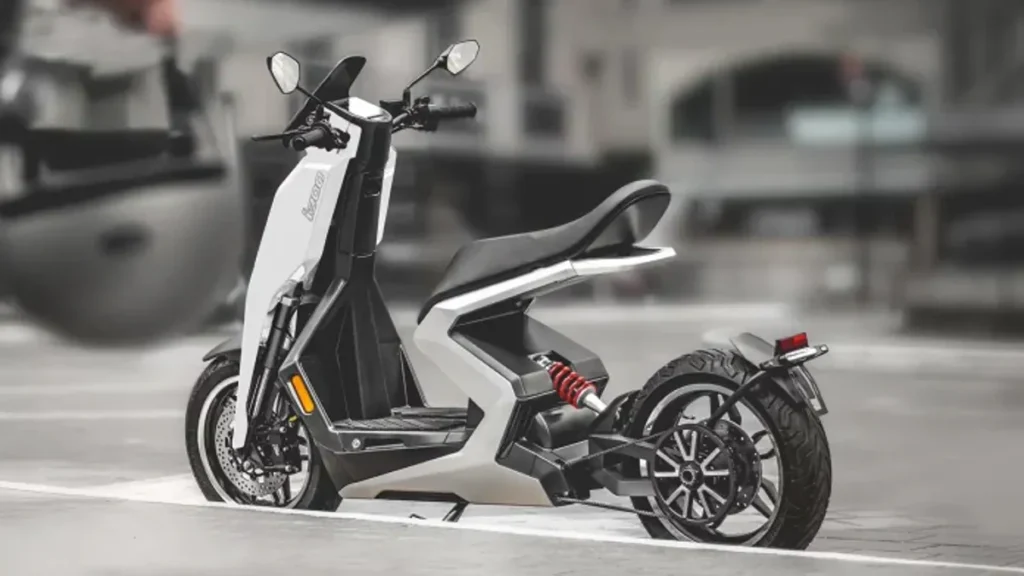
India: A Crucial Market for Expansion
Chatsuwan emphasized India’s immense potential, noting its status as the world’s most populous country with millions of two-wheeler sales annually. India is the second-largest two-wheeler manufacturer globally, after China. Initially, India was considered for a later phase, but the decision was made to prioritize its entry earlier this year.
Partnership with Bounce Electric 1
To establish a strong foothold in India, Zapp has partnered with Indian electric two-wheeler manufacturer Bounce Electric 1. This collaboration aims to produce and sell the i300 locally, with sales expected to begin in 2025 after the completion of the homologation process.
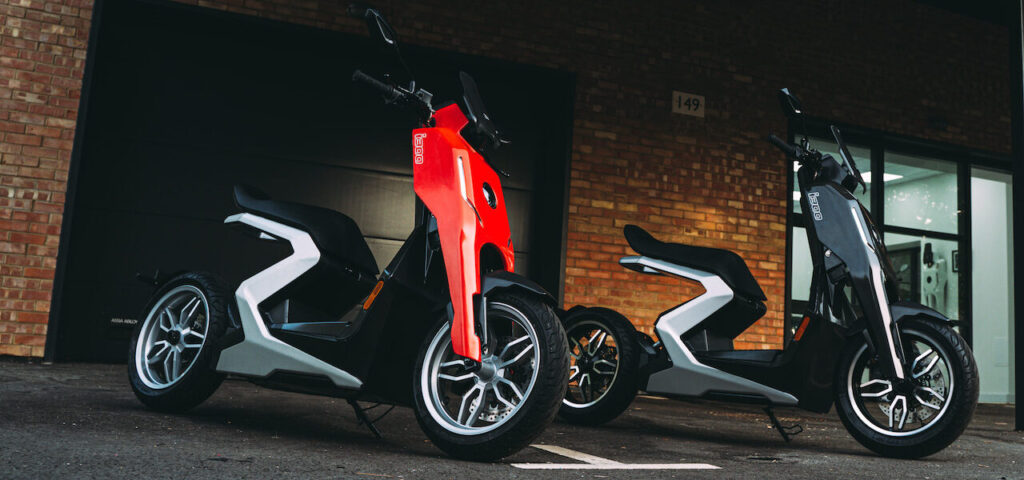
Zapp plans to achieve a minimum production capacity of 5,000 units per year in India, contributing to its global goal of 25,000 units by 2026.
Targeting a Competitive Market
Of the 17 million two-wheelers sold in India last year, 2.8 million were high-speed vehicles, with 36% of these being heavy-weight cruiser motorcycles from the renowned Chennai-based brand Royal Enfield. Zapp aims to replicate Royal Enfield’s success with its step-through model, first unveiled in 2018.
“We’re not aiming to conquer the world or capture half of Royal Enfield’s market share. Zapp Electrical’s goal is to match the quality and performance of brands like BMW, particularly their CE 02 and CE 04 step-through electric scooters,”
Expanding Total Addressable Market
The introduction of the i300 in India will expand Zapp’s total addressable market (TAM) by 25%, reaching an impressive 60 million units annually. With India included the TAM for the first phase of the market debut stands at 30 million units annually.
Leveraging India’s Supply Chain
Launching early in India will allow Zapp to gain insights into the “breadth, depth, and quality” of the country’s supply chain, which could facilitate the export of vehicles from India to global markets over time.
Premium Pricing Strategy
Unlike electric two-wheelers from key Indian manufacturers such as Ola Electric, TVS Motor, and Ather Energy, which are priced between $1,000 and $1,800, Zapp’s i300 will be a premium offering.
The vehicle will debut in Europe with a base price of $7,590, excluding taxes. The pricing for the Indian market is yet to be finalized, but it is expected to range between 500,000 and 1 million rupees.
Innovative Features of the i300
The i300, first unveiled in 2018, features an aerospace-grade alloy load-bearing exoskeleton and a chrome-moly steel underbone design. It is equipped with an air-cooled electric motor delivering a peak power of 14kW and two portable batteries, each with a 720Wh capacity.
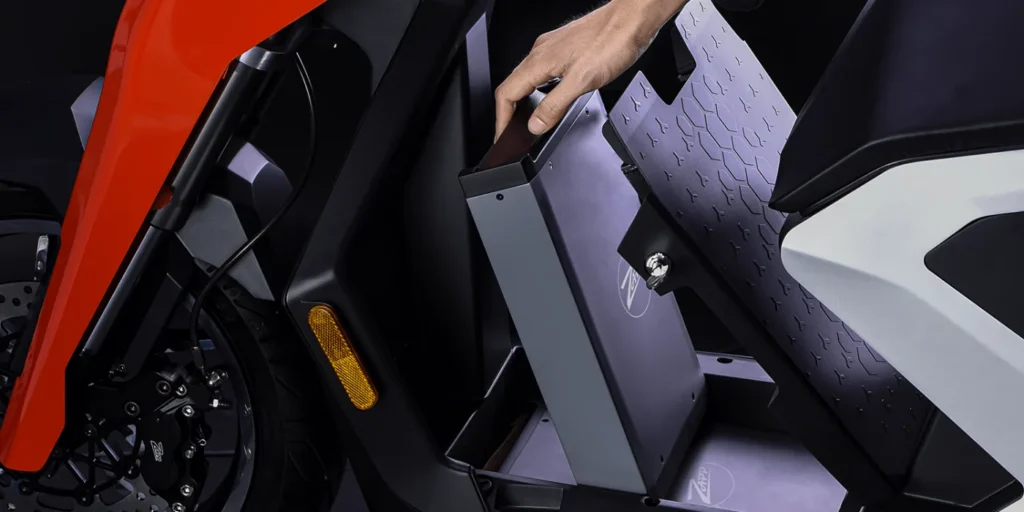
Following its unveiling, Zapp began accepting pre-orders for the i300 with a reservation fee of 100 euros, promising deliveries in the fourth quarter of 2019. Although the COVID-19 pandemic caused delays, the company is now set to begin deliveries in the UK within the next few weeks and plans to start selling in Thailand through a facility in Bangkok.
Customization and Global Expansion Plans
Zapp plans to offer extensive personalization options and accessories for the i300, available in four distinct versions. Customers can customize the color and wheel design and add accessories such as hidden storage and a fast charger.
Looking ahead, Zapp intends to enter additional markets, including Spain, Italy, Vietnam, and Indonesia, in phase two. The company also plans to expand to the Middle East and South America over time.

